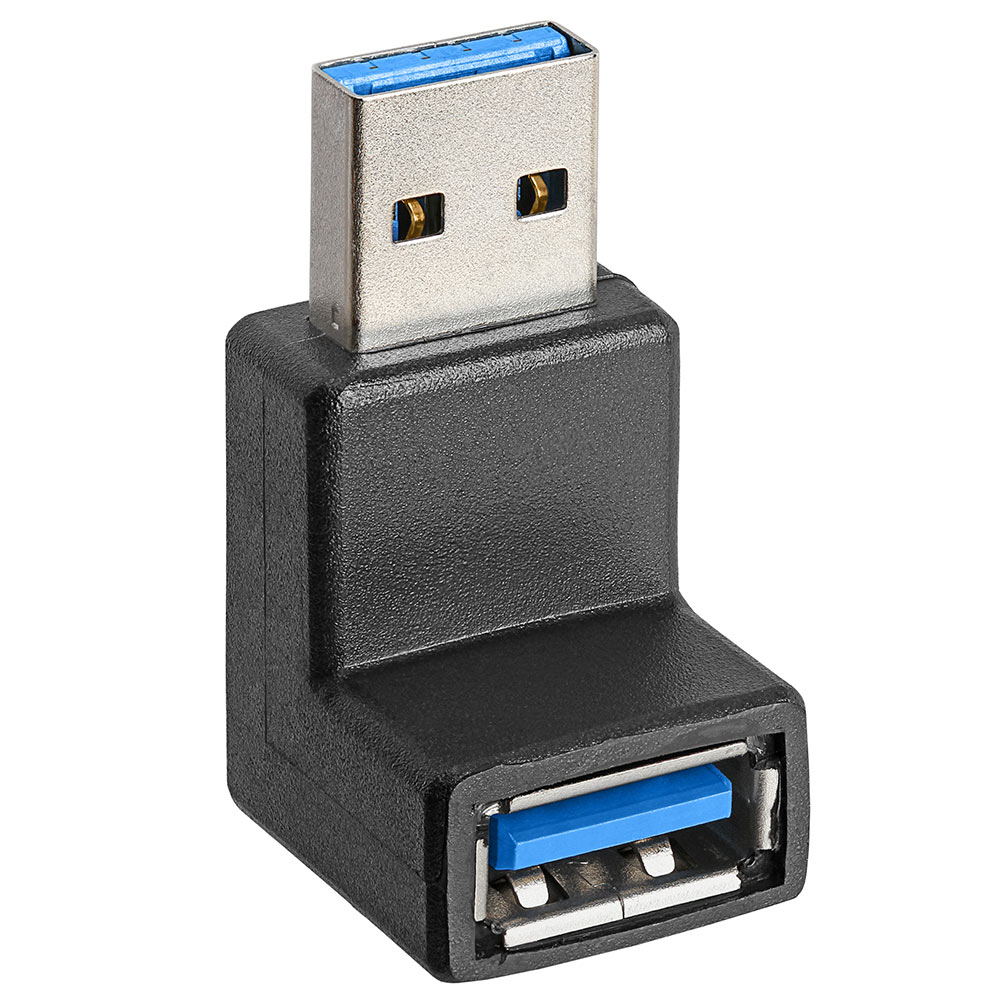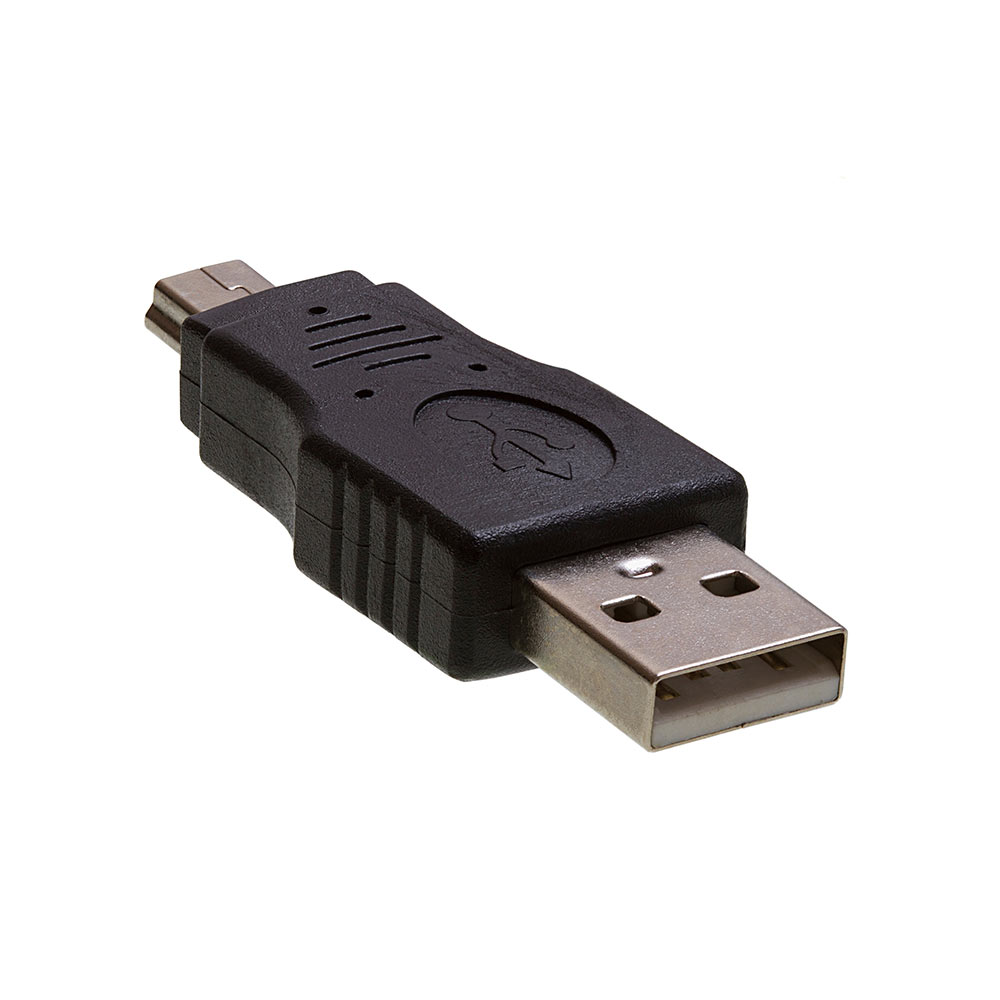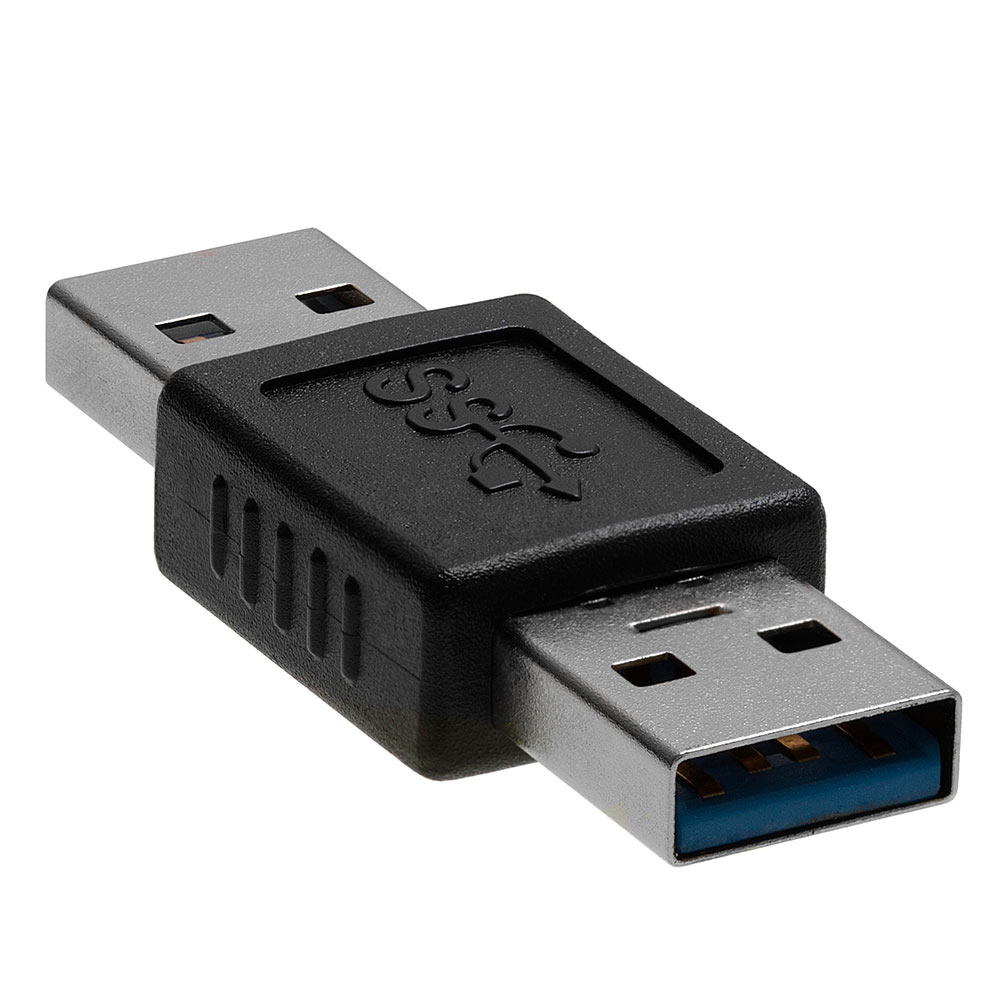Types of USB Connectors to Help You Differentiate Between USB Cables
The development of the Universal Serial Bus (USB) standard was a revolution of sorts in the world of telecommunications. USB cables make it easy to connect computers and other communication devices such as mobile phones and tablets to various peripheral devices like portable storage media, printers, scanners, fax machines, and cameras.
These USB cables are compatible across multiple platforms, cheap, and easy to use. There are various types of USB cables in the market (differing in the connectors fitted on them) right now and each cater to a different need of the user and are compatible with specific devices. Given below are brief descriptions about the principal types of USB cable connectors.
USB 2.0 A-Type
This cable facilitates a “downstream” connection and is compatible with host controller devices like computers and hubs. The particular flat and rectangular interface of the connector makes it easy for you to connect securely and disconnect the cable without damaging the joint. A USB 2.0 A-A cable can connect and facilitate data transfer between an USB device with an A-type Female port and a computer or another USB device.
USB 2.0 B-Type
This type of cable is compatible with USB devices and facilitates only “upstream” connections. So it can only be connected to peripheral devices and not to host controller devices such as computers or hubs. Cables with these connectors are easy to connect and disconnect and provide stable and secure connections.
USB 2.0 Micro-B
USB cables with this type of connectors are of a sophisticated variety and are compatible with handheld communication devices like mobile phones and PDAs, cameras, and GPS units. It enables data to be transferred between devices at lightning fast speeds of up to 480 Mb per second and facilitates On-The-Go features of a device. It has a compact five-pin design and is readily discernible with its black receptacle.
USB 2.0 Mini-B (5 Pin)
The Mini-B 5-pin connector is smaller than its Micro-B counterpart and can facilitate data transfer between sophisticated USB devices with On-The-Go features. This type of cable can also connect peripheral devices and a host controller device.
USB 3.0 A-Type
Cables with this kind of connectors are ideal for use with USB SuperSpeed applications with phenomenal data transfer rates. However, these cables are also backward compatible with USB 2.0 and USB 1.1 ports and can effectively transfer data between slow-speed devices. The USB 3.0 connectors are usually blue in color to help you distinguish them from their predecessors.
USB 3.0 B-Type
Cables fitted with this type of connectors can transfer data at high speeds between USB 3.0 devices and facilitate SuperSpeed applications. However, unlike the USB 3.0 A-type cables, these cables are not backward compatible with USB 2.0 and USB 1.1 devices.
Knowing about the different types of connectors that differentiate USB cables will help you choose a cable that meets your needs perfectly. Ensure that you buy a cable with sturdily-built connectors that will facilitate secure connections while being easy to connect and disconnect. Choose to buy from a reputable dealer to be assured of the quality of the cable that will, in turn, guarantee a satisfying computational and/or communication experience.






